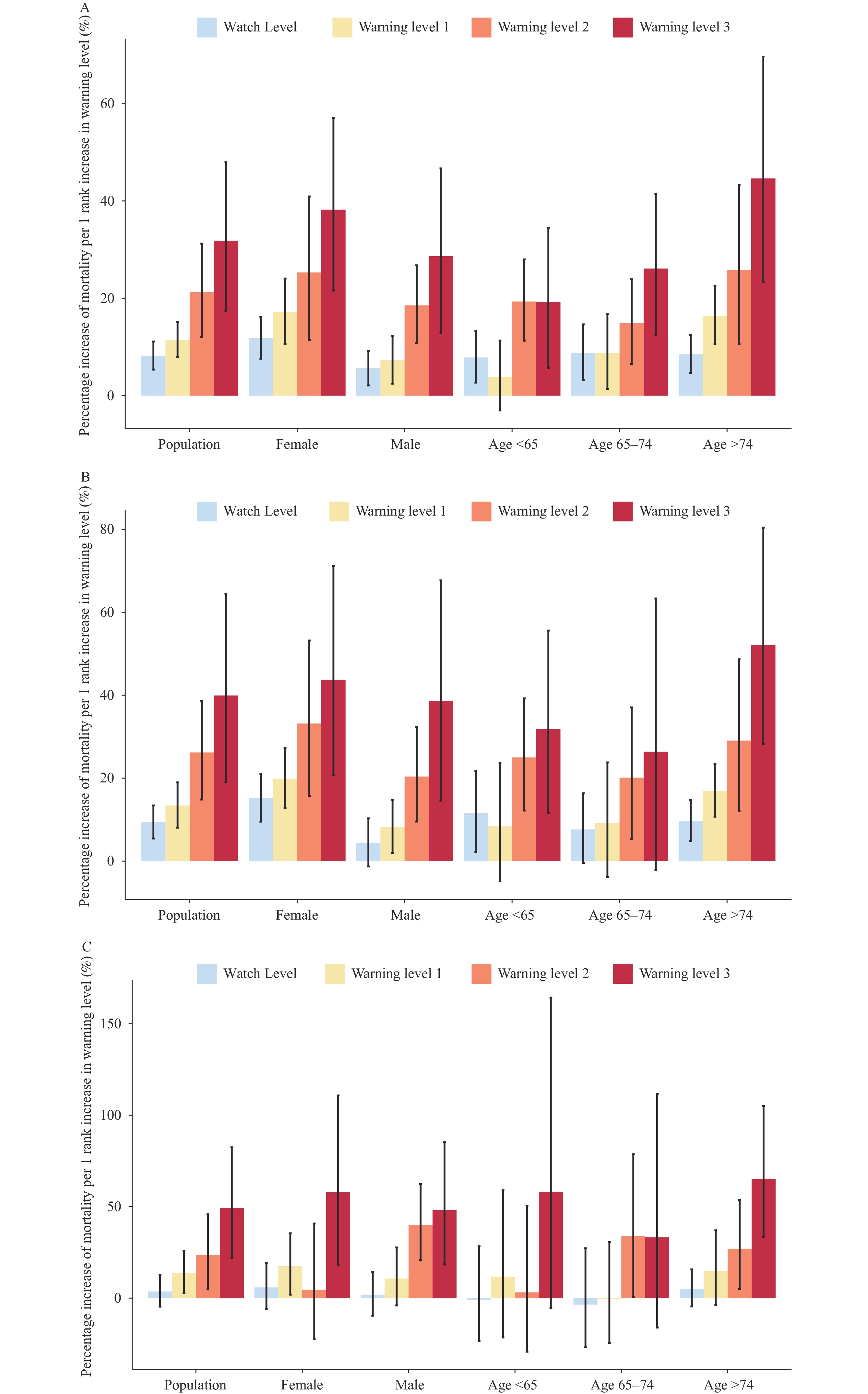2023 Vol. 5, No. 29
The heat health early warning model serves as an effective strategy for reducing health risks related to heatwaves and improving population adaptability. Several high-income countries have taken the lead in conducting research and implementing measures aimed at safeguarding their populations.
The graded heat health risk early warning model (GHREWM) in Jinan City has demonstrated efficacy in safeguarding males, females, individuals aged above 75 years, and those with cardiopulmonary diseases. During the summer of 2022, the warning stage of GHREWM contributed to the prevention of 10.9 deaths per million individuals, concurrently averting health-related economic losses estimated at approximately 227 million Chinese Yuan (CNY).
The GHREWM has the potential to enhance cities’ adaptability to climate change. It is crucial to incorporate additional adverse health endpoint data in the development of early warning models, as this will improve their applicability and protective efficacy.
Climate change has had a detrimental impact on global health, particularly through the rise of extreme heatwaves. Presently, the early warning system for heatwave-related health risks can forecast potential dangers several days in advance; however, long-term warnings fall short.
This report introduces a novel early warning system aimed at predicting heatwave-induced health risks in China at sub-seasonal to seasonal timescales. The outcomes of the assessment suggest this system holds significant potential.
The system facilitates advanced assessment of both the scale and dispersal of risk among various demographic groups. This allows for the proactive management of potential risks with extended lead times.



 Subscribe for E-mail Alerts
Subscribe for E-mail Alerts CCDC Weekly RSS Feed
CCDC Weekly RSS Feed

